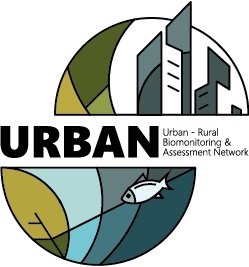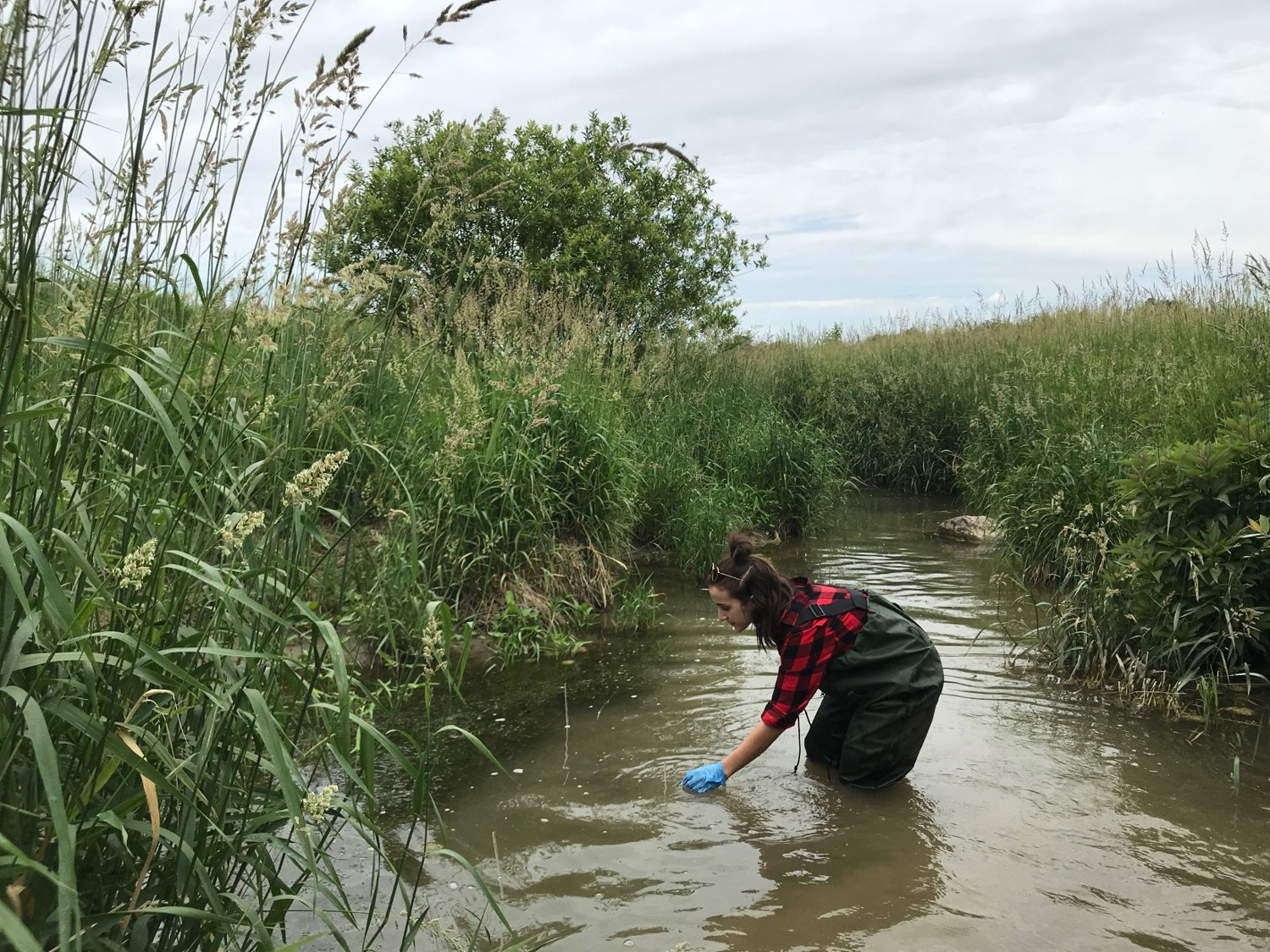

Become an URBAN volunteer! URBAN will monitor water quality and use biological indicators to represent water quality in streams and wetlands of the Hamilton region. Continuous water quality monitoring is essential in detecting potential threats to one of the world’s greatest fresh water resources, the Laurentian Great Lakes.
The McMaster University's Urban-Rural Biomonitoring and Assessment Network (URBAN) has run a volunteer-based science program for Hamilton and Burlington since 2010. This program allows residents, especially youth, to monitor the health of the streams and wetlands in their communities, and to become more aware of impacts of pollutants in our environment. A common pollutant is phosphorus, which when present in excess can lead to growth of algal blooms and associated environmental problems in downstream water bodies.
URBAN ran a pilot project (SRP Sampling Program) focused in the Grand River Watershed (GRW), the largest Canadian watershed draining into Lake Erie. Because of its size, only the largest streams in the GRW are monitored routinely. The main goal of this project is to involve communities in collecting samples from as many small streams as possible throughout the GRW during a single week. A secondary goal is to allow volunteers to learn how to measure the maount of phosphorus in their samples using an inexpensive colour sensor. This will give us a one-time snapshot of the health of these many smaller streams in GRW, something that has never been attempted before at this scale.
LEARN MORE ABOUT SRP SUBMIT YOUR SRP READINGSSince 2016, the URBAN team has used acrylic rods to indirectly measure excess nutrient runoff in low order streams. This is a simple and inexpensive method of estimating stream quality.
After algae accumulate on the rods, they are collected and frozen for later processing. To process the rods, acetone is added and extracts the chlorophyll content of accumulated algae. Depending on the level of chlorophyll content, the acetone turns a shade of green which can be measured with a spectrophotometer and used to calculate algal biomass. Alternatively, URBAN uses an inexpensive colour sensor to measure RGB values to yield data to calculate biomass.
SUBMIT YOUR EPI-STIX READINGS
Identify an ideal stream for the program
Collect, filter and freeze stream water sample during a specific week
Participate in a workshop and learn how to process stream water samples
The easiest way to get started is to get in touch with us through THIS FORM or e-mail (UrbanMonitoring@gmail.com). Let us know your name, the easiest way to contact you, the general stream or wetland of interest and your level of interest.